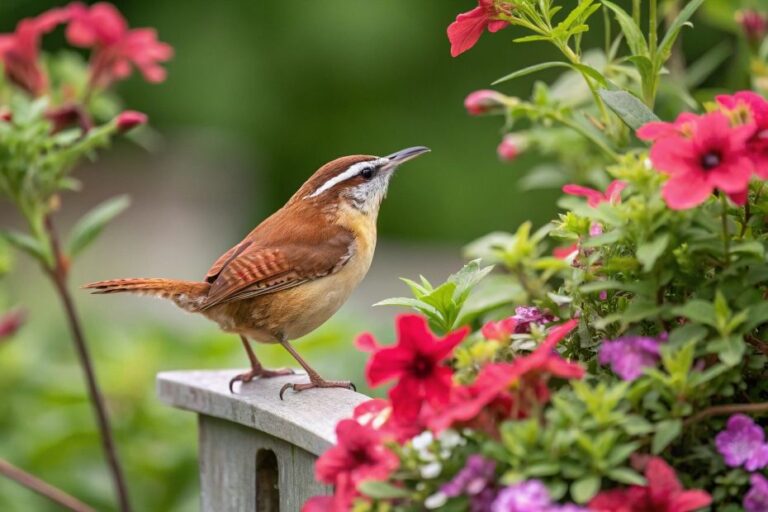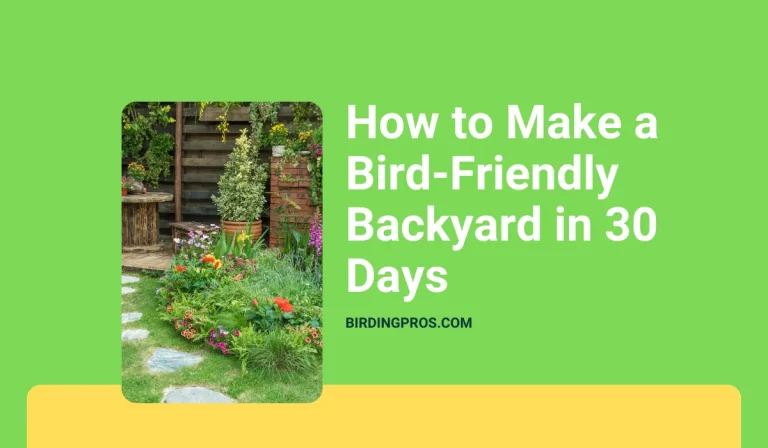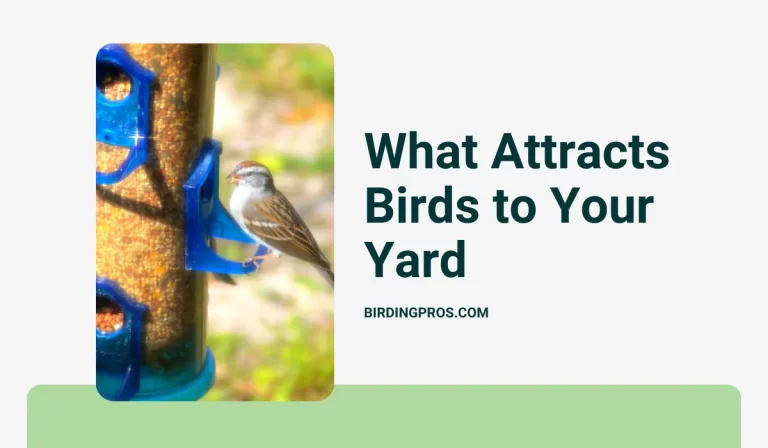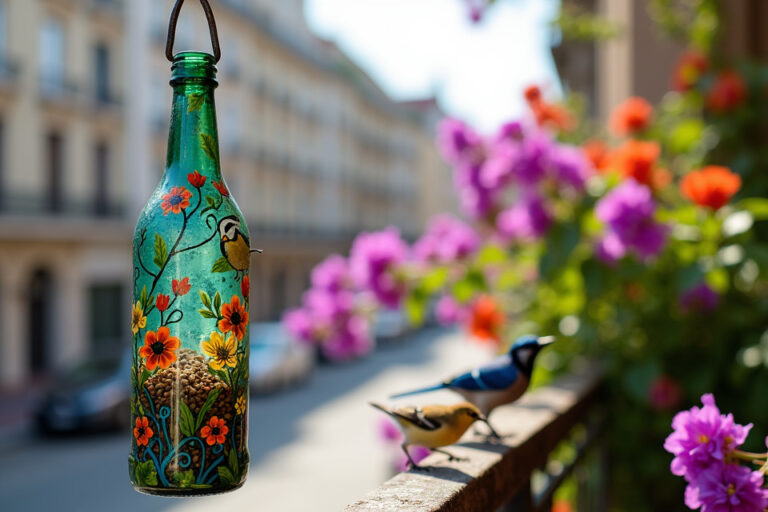Free Woodworking Plans for Birdhouses: Step-by-Step Guide
This article will delve into the world of free woodworking plans for birdhouses, providing you with detailed insights, tips, and guidance to create beautiful and functional homes for our feathered friends.
Table of Contents
The Joy of Building Birdhouses

Woodworking is a fulfilling hobby that combines creativity, craftsmanship, and the satisfaction of building something with your own hands. Among the myriad of woodworking projects, birdhouses stand out as a popular choice for beginners and seasoned woodworkers alike.
Birdhouses serve a dual purpose. They provide a safe nesting place for birds and offer a delightful way to engage in woodworking.
Why Build a Birdhouse?
Whether you’re an adult looking to improve your skills or a parent wanting to introduce your children to woodworking, building birdhouses is an excellent choice. Not only do you get to enjoy the process of building, but you also contribute to bird conservation by providing shelter for various bird species.
Benefits of Using Free Woodworking Plans
Using free woodworking plans for birdhouses has several advantages:
- Cost-Effective: Free plans save you money that can be spent on quality materials and tools.
- Variety: There are numerous free plans available, catering to different bird species and design preferences.
- Guidance: Plans provide step-by-step instructions, making it easier to complete the project successfully.
- Learning: Following a plan helps you learn new woodworking techniques and improve your skills.
Personal Anecdote: My First Birdhouse Project
I remember my first attempt at building a birdhouse vividly. Armed with a basic plan I found online, a few pieces of scrap wood, and a lot of enthusiasm, I embarked on the project with my young son. The process was a mix of learning and bonding, filled with moments of triumph and a few minor mishaps.
When we finally hung the birdhouse in our backyard and saw a pair of bluebirds move in, the sense of accomplishment was unparalleled. It was a project that not only sparked a love for woodworking in me but also instilled a sense of responsibility towards nature in my son.
Finding the Right Birdhouse Plan
Understanding Bird Needs
Different bird species have different requirements for their nesting sites. It’s essential to choose a birdhouse plan that suits the species you want to attract. Here are some factors to consider:
- Size of the Birdhouse: The size should accommodate the bird species comfortably.
- Entrance Hole Size: The diameter of the entrance hole is crucial. For example, a hole with a diameter of 1.5 inches is suitable for bluebirds, while chickadees prefer a hole of about 1.25 inches.
- Ventilation and Drainage: Proper ventilation and drainage are necessary to keep the interior dry and comfortable.
- Predator Protection: Ensure the design includes features to protect the birds from predators.
Where to Find Free Woodworking Plans
Several websites offer free woodworking plans for birdhouses. Some reliable sources include:
- Ana White: Known for her simple and easy-to-follow plans, Ana White’s website offers a variety of birdhouse designs. (https://www.ana-white.com)
- The Spruce Crafts: This site provides numerous free plans, each with detailed instructions and material lists. (https://www.thesprucecrafts.com)
- MyOutdoorPlans: Offers a wide range of birdhouse plans, from basic to more complex designs.
(https://myoutdoorplans.com) - Birdwatching Bliss: Focuses specifically on birdhouse plans, ensuring they meet the requirements of different bird species. (https://www.birdwatching-bliss.com)
Choosing the Right Plan a Real-Life Example
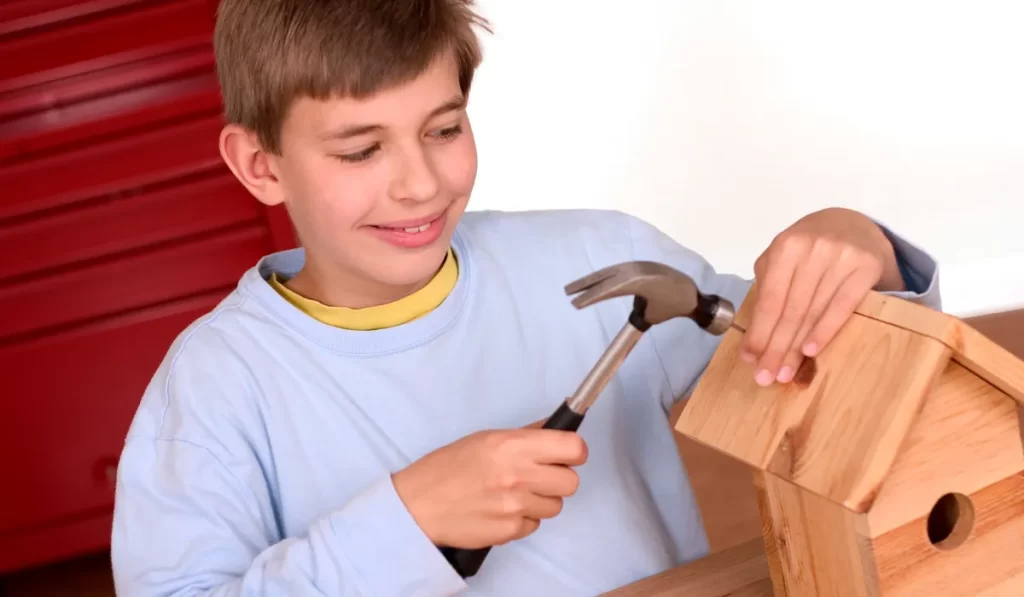
A friend of mine, an avid birdwatcher, once decided to attract wrens to his garden. He found a simple yet effective birdhouse plan on MyOutdoorPlans that included a small entrance hole (1 inch in diameter) perfect for wrens.
The plan also featured a sloped roof for rain protection and side vents for ventilation. Following the plan, he built a cozy birdhouse that quickly became a favorite nesting spot for the local wrens.
Building Your Birdhouse
Essential Tools and Materials
Before you start building, gather the necessary tools and materials. Here’s a basic list:
- Tools:
- Saw (hand saw or power saw)
- Drill with appropriate bits
- Hammer or nail gun
- Measuring tape
- Sandpaper or a sander
- Screwdriver
- Clamps
- Materials:
- Wood (cedar or pine are good choices)
- Nails or screws
- Wood glue
- Weather-resistant paint or stain (optional)
- Hinges (if the roof or side needs to open for cleaning)
Step-by-Step Construction
Follow these general steps, tailored to the specific plan you’ve chosen:
- Cutting the Wood: Measure and cut the wood pieces according to the plan’s specifications. Accuracy is crucial for a snug fit.
- Assembling the Walls: Use wood glue and nails or screws to assemble the sides, front, and back of the birdhouse. Ensure the edges align perfectly.
- Attaching the Floor: Secure the floor to the assembled walls. It should fit snugly within the walls to prevent gaps.
- Creating the Roof: Attach the roof pieces, ensuring it slopes to allow rainwater to run off. If the plan includes a hinged roof, attach the hinges accordingly.
- Drilling the Entrance Hole: Drill the entrance hole to the specified diameter for the bird species you’re targeting.
- Adding Ventilation and Drainage: Drill small holes near the top for ventilation and in the floor for drainage.
- Finishing Touches: Sand any rough edges, apply paint or stain if desired, and ensure all parts are securely fastened.
Personal Experience: Overcoming Challenges
During my second birdhouse project, I faced a challenge with the roof alignment. The pieces didn’t fit perfectly, leaving a small gap.
After some research, I learned to use clamps to hold the pieces in place while the glue dried, ensuring a tighter fit. This small adjustment made a significant difference in the final outcome, and the birdhouse looked much more professional.
Enhancing Your Birdhouse
Customizing Your Birdhouse
Customizing your birdhouse can make it more attractive to birds and blend better with your garden’s aesthetics. Here are some ideas:
- Painting: Use non-toxic, weather-resistant paint to add color. Light colors reflect heat, keeping the birdhouse cooler.
- Decorations: Add decorative elements like small wooden ornaments or carvings. Ensure they don’t obstruct the entrance or interior space.
- Natural Camouflage: Use natural materials like bark, twigs, or moss to blend the birdhouse into the environment.
Expert Insights on Birdhouse Customization
According to John Hanson, a wildlife biologist, “While customization can make birdhouses more visually appealing, it’s crucial to prioritize functionality. Birds prefer houses that offer safety, comfort, and suitability for their nesting needs over decorative features.”
Creative Customization
A neighbor of mine, who is both an artist and a woodworker, created a series of whimsical birdhouses decorated with intricate carvings and vibrant colors.
Each birdhouse was designed with specific bird species in mind, ensuring the entrances and interiors were suitable for the birds. Her creative approach not only enhanced her garden’s beauty but also attracted a variety of bird species.
Read More: What Attracts Birds to Your Yard: A Comprehensive Guide
Ensuring Birdhouse Success

Placing Your Birdhouse
The placement of your birdhouse is critical to its success. Here are some tips:
- Height: Place the birdhouse at an appropriate height, typically 5-10 feet off the ground, depending on the bird species.
- Orientation: The entrance should face away from prevailing winds and direct sunlight to provide a comfortable environment.
- Habitat: Position the birdhouse near natural food sources and away from heavy foot traffic or predators.
Monitoring and Maintenance
Regular monitoring and maintenance are essential to ensure the birdhouse remains a safe and inviting place for birds:
- Cleaning: Clean the birdhouse after each nesting season to prevent disease and parasites.
- Repairs: Check for any damage and make necessary repairs to keep the birdhouse in good condition.
- Observation: Observe the birdhouse periodically to ensure it is being used and to spot any potential issues early.
Addressing Challenges
Sometimes, birdhouses may not attract birds immediately. Here are some common reasons and solutions:
- Location: If birds aren’t using the birdhouse, consider relocating it to a quieter, more suitable area.
- Predators: Install predator guards to protect the birds.
- Design: Ensure the birdhouse design meets the specific needs of the target bird species.
The Joy of Birdhouse Building
Reflecting on the Experience
Building birdhouses is a rewarding endeavor that combines the joy of woodworking with the satisfaction of supporting local wildlife. By using free woodworking plans, you can create beautiful and functional birdhouses without breaking the bank. Whether you’re a beginner or an experienced woodworker, the process of building, customizing, and observing your birdhouses can provide endless enjoyment.
Looking Forward
As you gain experience and confidence, you might explore more complex designs or even create your own plans. The possibilities are endless, and each project can teach you something new about woodworking and bird conservation.
FAQs About Free Woodworking Plans for Birdhouses
FAQ 1: What materials are best for building birdhouses?
Answer: The best materials for building birdhouses are untreated wood such as cedar, pine, or redwood. These woods are durable and weather-resistant, providing a natural and safe environment for birds. Avoid using pressure-treated wood, as it contains chemicals that can be harmful to birds. Additionally, use non-toxic, weather-resistant paint or stain if you choose to decorate your birdhouse.
FAQ 2: How can I attract birds to my new birdhouse?
Answer: To attract birds to your new birdhouse, ensure it meets the specific needs of the target bird species, including the right entrance hole size and interior dimensions. Place the birdhouse in a quiet, safe location, away from predators and heavy foot traffic. Providing food sources such as bird feeders and natural habitats like trees and shrubs can also encourage birds to use the birdhouse. Keep the birdhouse clean and maintain it regularly to make it more appealing.
FAQ 3: How often should I clean my birdhouse?
Answer: You should clean your birdhouse at least once a year, preferably after the nesting season has ended in late summer or early fall. Cleaning involves removing old nesting materials, scrubbing the interior with a mild bleach solution (one part bleach to nine parts water), rinsing thoroughly, and allowing it to dry completely before reassembling. Regular cleaning helps prevent the spread of diseases and parasites, ensuring a safe environment for future bird residents.
FAQ 4: Can I build a birdhouse without using power tools?
Answer: Yes, you can build a birdhouse without using power tools. Many birdhouse plans are simple enough to be completed with basic hand tools such as a hand saw, hammer, nails or screws, a drill with hand-crank or bit, and a screwdriver. While power tools can speed up the process, hand tools can be just as effective and provide a more traditional woodworking experience.
Final Thoughts
In conclusion, free woodworking plans for birdhouses offer a fantastic opportunity to develop your woodworking skills, connect with nature, and make a positive impact on your local bird population. So grab your tools, find a plan that inspires you, and start building! The birds (and your sense of accomplishment) will thank you.
Following the insights and tips in this article, you’ll be well on your way to creating beautiful birdhouses that not only enhance your garden but also provide a safe haven for birds. Happy woodworking!

